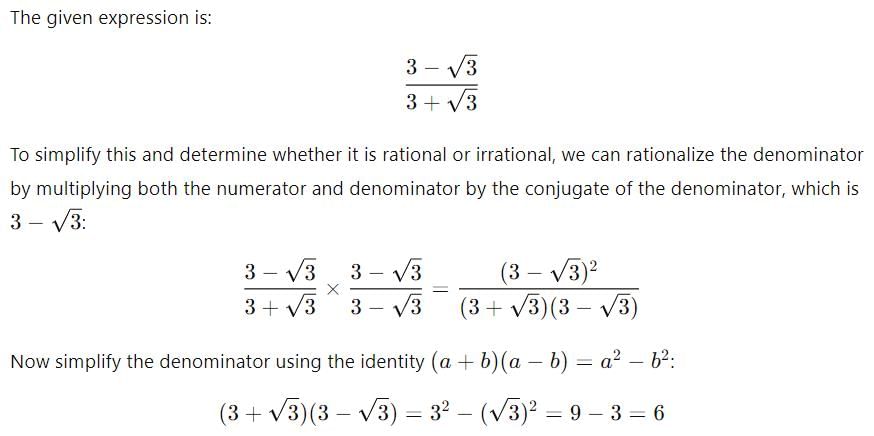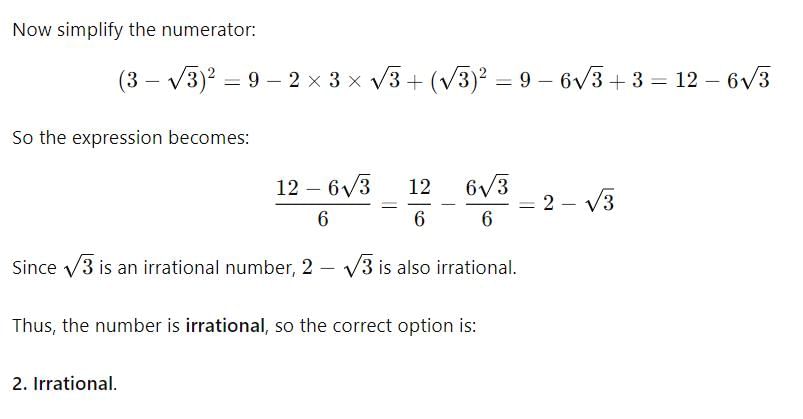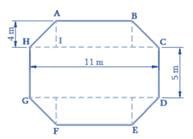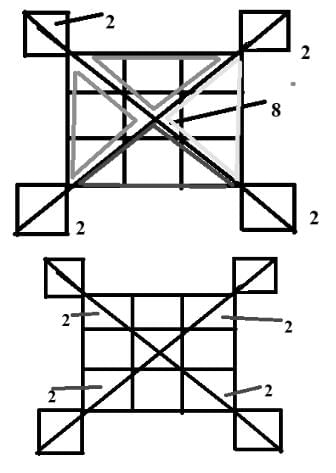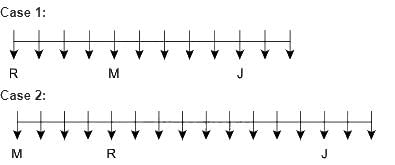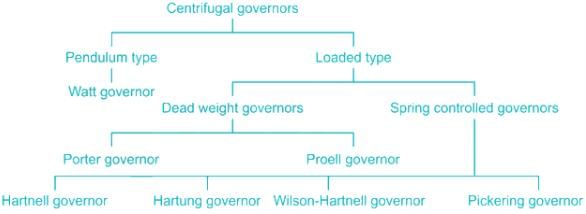HPCL Mechanical Engineer Mock Test - 10 - Mechanical Engineering MCQ
30 Questions MCQ Test - HPCL Mechanical Engineer Mock Test - 10
Directions: In the following question, a sentence is given with a blank. You have to fill the blank with one of the words given as options in order to make the sentence contextually and grammatically correct.
Human monkey pox was first identified in 1970 and named after the disease caused by the virus was _______________ in captive monkeys more than a decade before.
The average of 31 numbers is 57. The average of the first 10 numbers is 50 and that of the last 20 numbers is 61. What is the 11th number?
Top surface of a raised platform is in the shape of regular octagon as shown in the figure. Find the area of the octagonal surface.
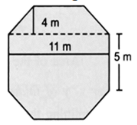
The average number of visitors in a museum on each Sunday is 420 and the average number of visitors in the museum on any other day is 210. What is the average number of per day visitors in the whole month of April, which starts on Saturday?
The d for the series of numbers -12, –6, 0, 6… is
If the base of rhombus of 7 cm and its altitude is 4 cm, its area will be
What is the area of the largest circle that can be made inside a rectangle with 50 meters length and 42 meters breadth?
'Jade' is related to 'Green' in the same way as 'Garnet' is related to:
A word with letters jumbled has been given. Choose the correct order of letters which are required to form the correct word.
Jumbled word: TESIDNRE
Find the number of triangles in the figure.
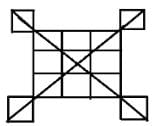
In this questions, a number series is given with one term missing. Choose the correct alternative that will continue the same pattern and fill in the black spaces.
Q. 0.5, 0.55, 0.65, 0.8, (___)
Direction: Study the following information carefully and answer the given questions besides.
Some boys are sitting in a row facing the south. Only three boys sit between O and H. Only two boys sit to the left of J. O sits third to the left of M. More than seven boys sit between P and J. V sits fourth to the right of O. Eight boys sit between R and J. More than 12 boys sit between P and H. Only three boys sit between R and M. T sits third to the right of M. P sits fourth to the right of R.
Q. How many boys are sitting between T and J?
'Walk' is related to 'Run' in the same way as 'Breeze' is related to:
In this questions, a number series is given with one term missing. Choose the correct alternative that will continue the same pattern and fill in the black spaces.
Q. 2, 3, 5, 7, 11, (____), 17
Which one of the following statements is correct?
Strain energy stored in a body of volume V subjected to uniform stress σ is:
The temperature at which the volume of a gas becomes zero is called
Work done obtained in a free expansion process is_______.
Which clutch can be engaged progressively when one or both the elements are rotating?
The unit of Young’s modulus is the same as
Hardness of steel depends upon the amount of
The volume of air delivered by the compressor is called:
Hot coffee stored in a well insulated thermos flask is an example of
The secondary unbalanced force is maximum __________ in one revolution of the crank.
Hartnell governor could be classified as ________ type governor.
In the case of centrifugal pump, the manometric head is proportional to



